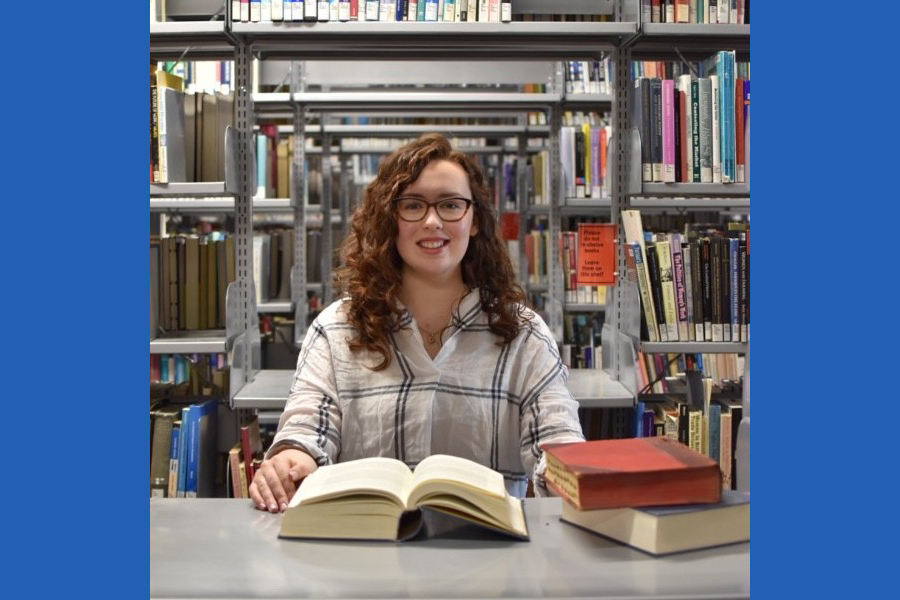
PhD candidate Megan Southorn hopes the information she can glean from historical records could help provide answers for modern day issues.
“I’m a big fan of ‘those who forget the past are doomed to repeat it’,” PhD candidate Megan Southorn says.
“Learn from the past to inform the future.”
Southorn, who is completing her PhD through the Department of Anatomy and co-supervised by the Biostatistics Centre, is looking into the deaths of 5196 infants born in Ōtepoti Dunedin between 1850 and 1940.
“A city-wide study of infant mortality, no one has really done that before.”
Southorn is interested in not just why these infants died, but what was going on in Dunedin at the time that contributed to their death, and in particular, the socio-economic status of their mother. She is not able to refer to individual babies, but can comment on what life was like for women and unmarried mothers at the time.
“What sort of lives their mothers were leading, what sort of social stigma they might have experienced.”
She has found that the infants of unmarried mothers were more likely to die than those of married parents.
“I’m looking at why that would be the case.”
The infants who died that Southorn is researching were younger than 12 months old and were buried at either the Northern or Southern Cemeteries in Ōtepoti. She says this information will provide her with the data she needs to gain an idea of what might have been going on within the wider population.
Southorn sourced the burial records from the cemeteries and used them to access death records from the Department of Internal Affairs. Because the deaths are historic, they are considered public records, she says.
Each death record lists the infant’s name, age at death, their cause of death (as many as four causes can be listed), the doctor that certified their death, their last known address, their parents’ names, the date of burial and cemetery they were buried in.
One area of interest for her is if a baby was recorded as being “illegitimate” when born, a practise that continued up until the 1920s.
Unwed mothers were not able to access the state-owned maternity hospitals, so were stigmatised.
Southorn hopes her research will shed light on the fact these unfair social structures continue to exist.
“How can we work to dismantle them so that everybody receives the care they need to maintain our low infant mortality rate?”
Southorn has looked a little bit into maternal mortality, because if an infant lost their mother, they were more likely to die. Between 1840 and 1940 mothers were most likely to die from eclampsia and post-partum infections.
“Today, it’s suicide, which is really horrifying and really alarming.”
Another prevalent issue she’s seeing in her research which continues to be an issue today is the low standard of housing.
A housing survey was carried out in Ōtepoti during the 1930s which mentioned the “slum-like” conditions of some of the properties. The conditions were worse for renters, especially women renting on their own.
“I think 80% of those properties were deemed unsatisfactory for living in.”
Southorn feels that will really resonate with the student population of North Dunedin but says Aotearoa New Zealand as a whole has a lot of substandard housing.
“For all our talk of progress, I think there’s a lot of learning left to do.”
Southorn did her undergraduate degree in Anatomy, and her Honours in the Biological Anthropology group within the Department.